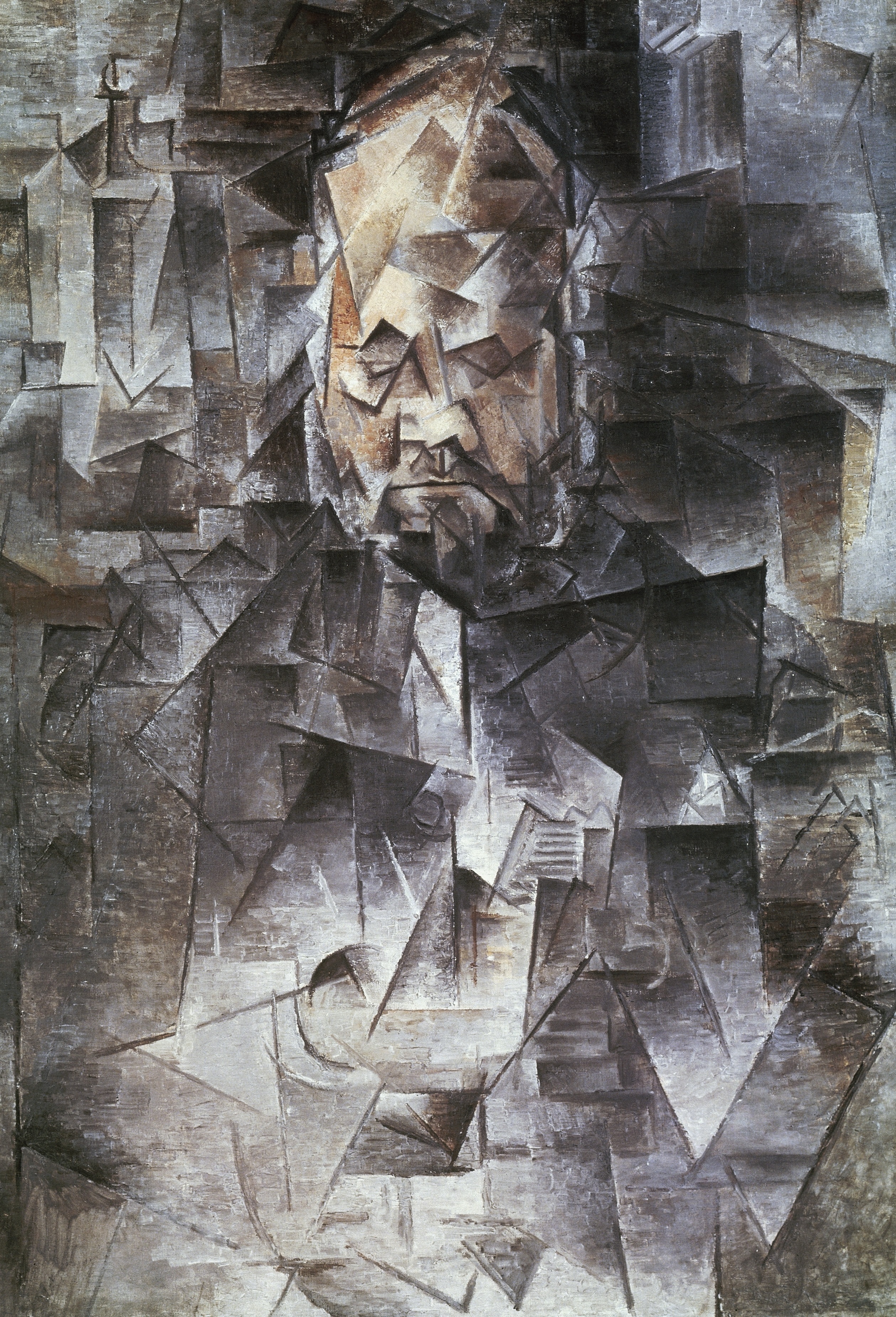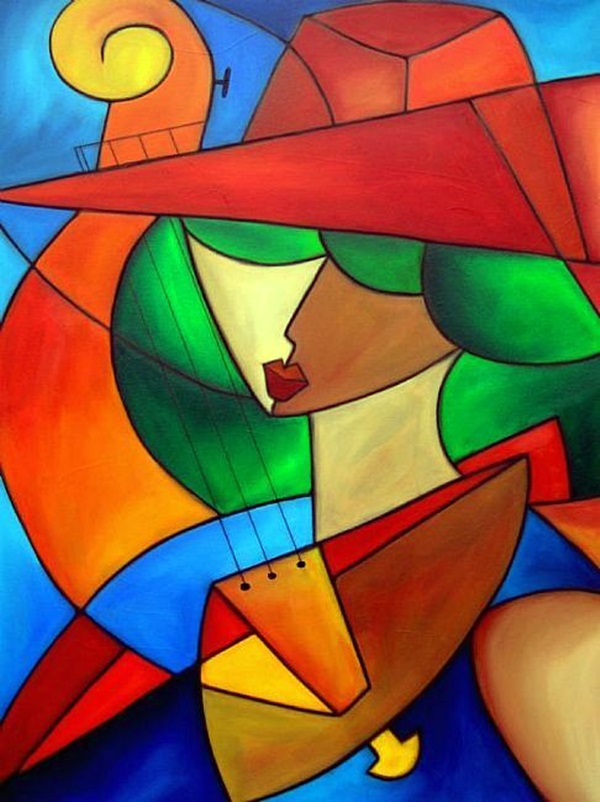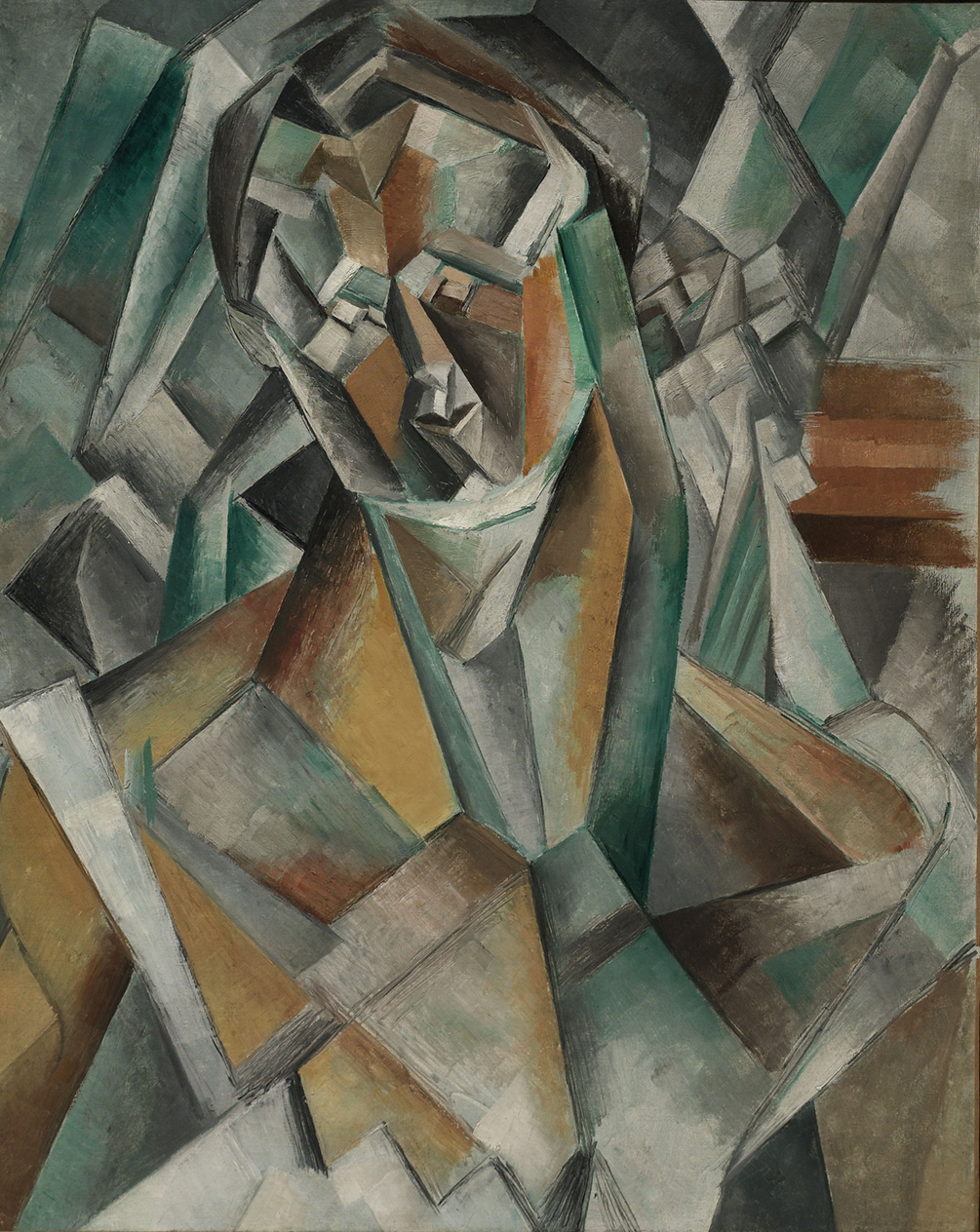
Kubisme
Learn all about Cubism! Meet Pablo Picasso and Georges Braque, the artists who started this famous art movement. Watch this short introduction for kids. Read.

Kubisme kunst kopen Artleader
Kubisme in de kunstgeschiedenis. Het kubisme begon als een idee en werd toen een stijl. Gebaseerd op de drie hoofdingrediënten van Paul Cézanne - geometrie, gelijktijdigheid (meerdere weergaven) en probeerde het kubisme het concept van de Vierde Dimensie in visuele termen te beschrijven. Kubisme is een soort realisme.

Portrait of woman (Dora Maar), 1942 Pablo Picasso ARTS ET PEINTURES ARTS AND PAI… Pablo
Wat is Kubisme? Kubisme was de poging om verschillende weergaven van voorwerpen of figuren samen te verbeelden in één beeld. Kunstenaars George Braque en Pablo Picasso begon deze stijl rond 1907, en de naam kubisme kwam voort uit hun compositorische gebruik van geometrische lijnen die lijkt op blokjes. Artwork by Fernand Léger.

40 Excellent Examples Of Cubism Art Works Bored Art
The surviving sheet-metal Guitar in MoMA's collection is a later version of a now lost cardboard model (also known as a maquette). It is an important work, not only because it is one of the earliest surviving Cubist sculptures by Picasso, but also because of what Picasso's friend and art dealer D. H. Kahnweiler wrote about it. He claimed that the innovative treatment of forms in Guitar was.
40 Excellent Examples Of Cubism Art Works
Pablo Picasso - Cubism, Modern Art, Masterpiece: Picasso and Braque worked together closely during the next few years (1909-12)—the only time Picasso ever worked with another painter in this way—and they developed what came to be known as Analytical Cubism. Early Cubist paintings were often misunderstood by critics and viewers because they were thought to be merely geometric art.

The cubist movement Cubism Art Term Tate
Cubism is one of the most influential art movements of the 20th century, which broke with the tendency in art at the time to create the illusion of a three-dimensional space from a fixed viewpoint on a two-dimensional canvas. In Cubism, the two-dimensional aspect of the canvas was instead emphasised by breaking down objects into different planes.

Cubism Benchmark Set By Picasso PortraitAntiques And The Arts Weekly
Arti kata, ejaan, dan contoh penggunaan kata "kubisme" menurut Kamus Besar Bahasa Indonesia (KBBI). ku·bis·me n 1 bentuk permulaan seni abstrak (tt seni lukis), mengutamakan pemecahan bentuk menjadi bidang bersiku-siku dan berhimpitan, kemudian disusun kembali; 2 Sas usaha (dl puisi) untuk memecah-mecah unsur pengalaman, kemudian menyusunnya.

[Materi Lengkap] Kubisme Sejarah, Tokoh, Ciri, Jenis, & Contoh
Cubism was one of the most influential visual art styles of the early twentieth century. It was created by Pablo Picasso (Spanish, 1881-1973) and Georges Braque (French, 1882-1963) in Paris between 1907 and 1914. The French art critic Louis Vauxcelles coined the term Cubism after seeing the landscapes Braque had painted in 1908 at L'Estaque in emulation of Cézanne.

Kubisme werk uit de collectie van de Triton Foundation Kunstmuseum Den Haag
Pablo Picasso, 1910, Girl with a Mandolin (Fanny Tellier), oil on canvas, 100.3 × 73.6 cm, Museum of Modern Art, New York. Cubism is an early-20th-century avant-garde art movement that revolutionized European painting and sculpture, and inspired related artistic movements in music, literature, and architecture.In Cubist works of art, the subjects are analysed, broken up, and reassembled in an.

A Brief History Of Cubism
Some historians have argued that these innovations represent a response to the changing experience of space, movement, and time in the modern world. This first phase of the movement was called Analytic Cubism. In the second phase of Cubism, Synthetic Cubism practicioners explored the use of non-art materials as abstract signs.

Analytisch kubisme Picasso artwork, Picasso art, Pablo picasso art
Het kubisme analyseert, abstraheert en maakt weer concreet. Het misschien wel grootste keerpunt in de moderne kunst kan worden toegeschreven aan het kubisme. Deze kunststroming (1907-'14), met Picasso en Braque aan de basis, geeft uiting aan het sterke verlangen naar een nieuwe vormgeving voor artistieke uitdagingen.

Kubisme
Kubisme: oorsprong en ontwikkeling. Het kubisme is een kunststijl die tussen 1906 en 1908 in Frankrijk is ontstaan en die, vanuit het huidige perspectief, een van de meest revolutionaire vernieuwingen in de kunst van de 20e eeuw is. De term kubisme is afgeleid van het Franse woord "kubus" of van het Latijnse "cubus", dat "kubus" betekent.

What Are The Characteristics Of Cubism
Het kubisme is een avant-garde kunstbeweging uit het begin van de 20e eeuw die een revolutie in gang zette in de Europese schilderkunst en beeldhouwkunst en die soortgelijke stromingen in de muziek, literatuur en de architectuur inspireerde.. Inleiding. In kubistische kunstwerken worden voorwerpen bestudeerd, als het ware opgebroken en opnieuw in elkaar gezet in een geabstraheerde vorm.

Kubisme Portret van Pablo Picasso Juan Gris Geometrische, wiskundige vormen. Hoekige vormen
Het kubisme is een stroming binnen de moderne kunst van het begin van de 20 e eeuw. Het is een van de vier grote schilderstijlen (naast het dadaïsme, het expressionisme en de abstracte kunst) in de Europese schilderkunst van de 20e eeuw. Het kubisme vierde zijn hoogtijdagen als avant-gardekunststroming in de periode van 1906 tot circa 1920.

What is Cubism? Learn about the Cubist Art Movement & Cubist Painters Cubist art, Cubism
Kubisme is een stroming in de beeldende kunst, het is ontstaat rond 1905. De kubisten, mensen die bij deze stroming horen, keken heel anders naar het leven. Ze wilden het leven niet meer laten zien zoals in de werkelijkheid maar op een hele andere manier.. De schilderijen die kubisten maken hebben allemaal dezelfde kenmerken die horen bij deze.

Still lifecubism Painting by Narek Qochunc
Cubism. Cubism was a revolutionary new approach to representing reality invented in around 1907-08 by artists Pablo Picasso and Georges Braque. They brought different views of subjects (usually objects or figures) together in the same picture, resulting in paintings that appear fragmented and abstracted. Cubism was one of the most influential.